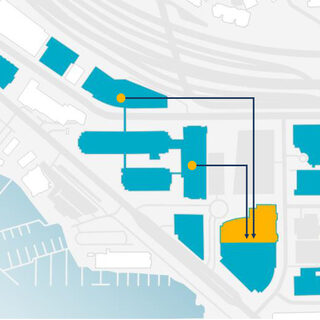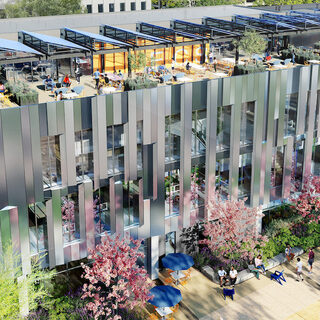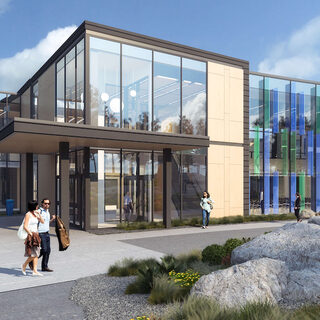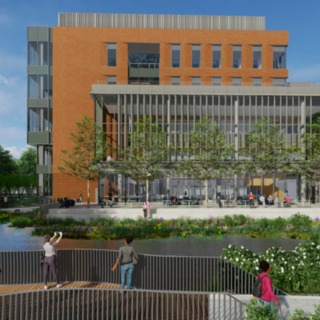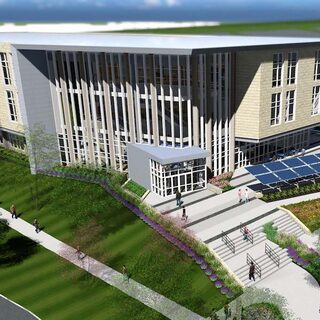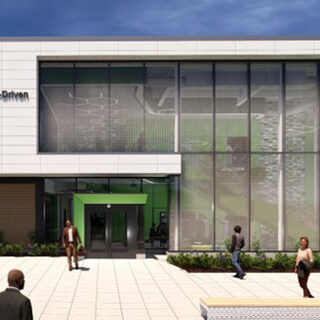Delft University of Technology Breaks Ground on Physics Building
Delft University of Technology (TU Delft) broke ground on an academic and research building for the physical sciences in July of 2025 in the Netherlands. The dynamic facility will colocate departments from the Faculty of the Applied Sciences on the college’s south campus and stimulate excellence in education, discovery, and collaboration.






